When Do I Stop Using Baby Monitor?
The decision to stop using a baby monitor is a significant milestone for many parents, often symbolizing the transition from infancy to early childhood. This shift requires careful consideration of various factors including the child's age, independence, safety, and the parents' peace of mind. To make an informed decision, it's essential to understand the most common user demand intentions and how each can guide you toward the right choice.
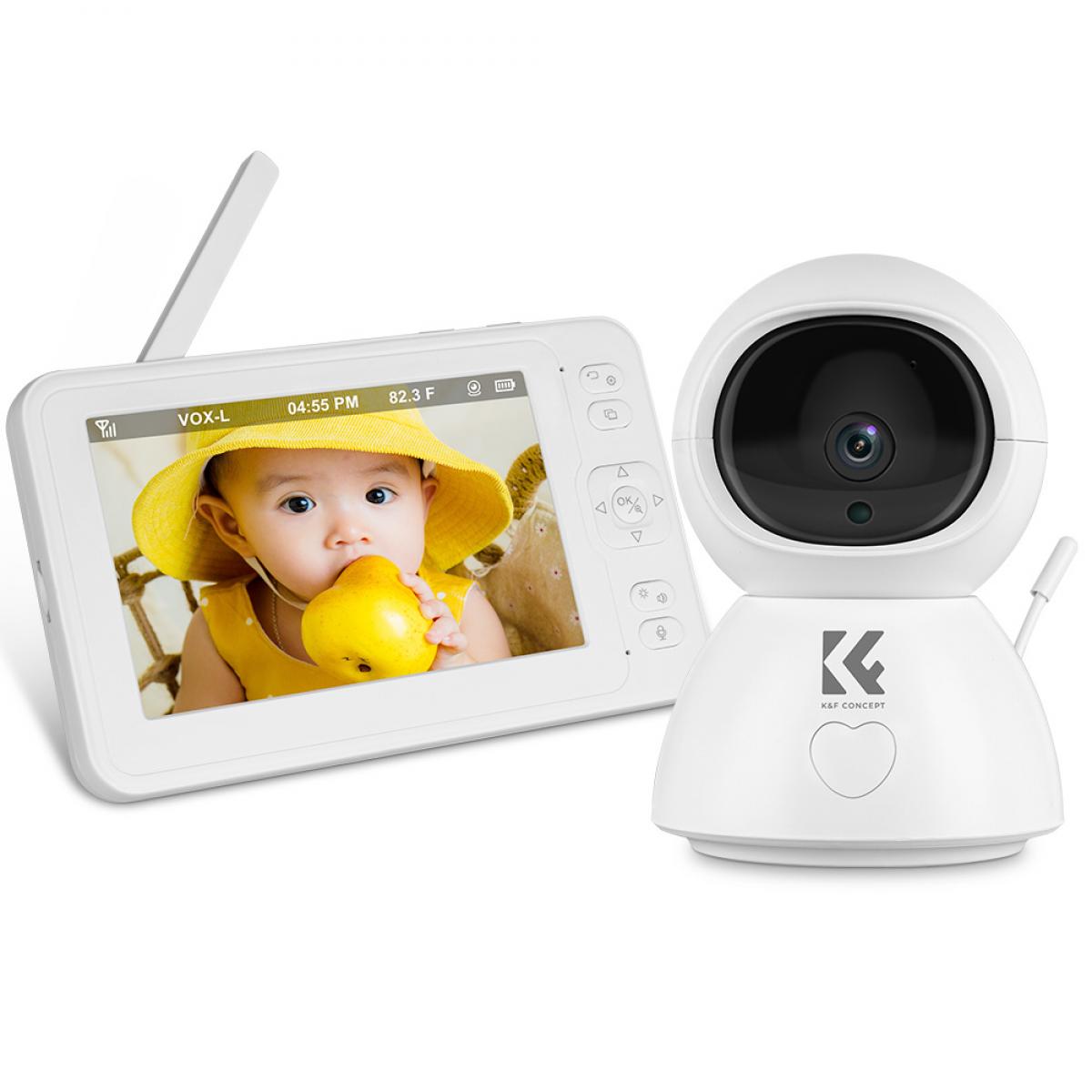
Understanding Various Factors
The exact timing for discontinuing the use of a baby monitor can vary based on several factors. For many parents, these factors include the child's age, sleep habits, home environment, and the overall feeling of security. Let's delve into each of these considerations.
1. Age and Developmental Milestones
Typically, many parents start questioning the need for a baby monitor when their child reaches the age of 1 to 2 years. At this stage, developmental milestones such as improved motor skills, communication abilities, and greater independence often come into play.
For instance, as children start talking, they can call out to you if they need something at night, reducing the reliance on a monitor. Similarly, when they begin moving around more confidently, the risk of nighttime accidents decreases.
2. Sleep Patterns and Independence
One of the key reasons parents initially use baby monitors is to ensure their child is sleeping safely and soundly. However, as children grow older, their sleep patterns become more predictable and stable. They are less likely to experience frequent night wakings or sleep disturbances that require immediate parental intervention.
By the time your child consistently sleeps through the night, it may be appropriate to reduce or completely stop using the monitor. Encouraging your child to sleep independently without the monitor can also be beneficial for fostering self-soothing habits.
3. Home Environment and Safety
Your living situation greatly influences the necessity of a baby monitor. For families living in larger homes, where the child’s room is far from the parents' bedroom, a monitor might still be useful for an extended period. Conversely, in smaller living spaces where parents can easily hear their child, stopping the use of a monitor sooner could be more feasible.
Safety also plays a crucial role in this decision. If your child’s room is on a different floor or has potential hazards, continuing to use the monitor might provide additional peace of mind. However, once the room is fully child-proofed and the child can navigate safely, it may be time to phase out the monitor.
4. Parental Anxiety and Peace of Mind
Finally, the emotional factor cannot be overlooked. For many parents, using a baby monitor provides a vital sense of security. Transitioning away from it can evoke anxiety and concern, especially if you have relied on it heavily.
Gradually reducing monitor usage can help mitigate this anxiety. For example, you might start by turning off the video function or lowering the volume at night. This incremental change can help both you and your child adjust to the absence of the monitor, making the final transition smoother.
Practical Steps to Discontinue Monitor Use
With these factors in mind, here are some practical steps to help transition away from using a baby monitor:
1. Gradual Transition
Start by gradually reducing the dependence on the monitor. You might, for example, only use it during certain times of the night or for naps. This step-by-step approach helps both parents and children adjust to the change without feeling abrupt.
2. Focus on Communication
As your child grows, emphasize the importance of communication. Encourage them to call out if they need you rather than relying on the monitor. Reinforcing this habit not only helps in discontinuing the monitor but also aids in the development of verbal skills and independence.
3. Safety Assurance
Ensure the child’s room is completely child-proofed, addressing any potential hazards. Secure heavy furniture, cover electrical outlets, and confirm that the sleeping environment is safe. Knowing that the child is in a risk-free zone can significantly ease the transition.
4. Address Parental Anxiety
Acknowledge and address any anxiety you may have about stopping the monitor. It might be helpful to discuss your concerns with a partner, trusted friend, or even a pediatrician. Sometimes, reassurance and advice from a professional can alleviate worries and provide guidance.
5. Establish a Solid Nighttime Routine
With the monitor gone, having a consistent and comforting bedtime routine becomes even more crucial. This routine can include activities like reading a story, singing lullabies, or other calming activities ensuring that the child feels secure and ready for sleep.
Conclusion
Deciding when to stop using a baby monitor is ultimately a personal choice that varies from family to family. The process involves considering a combination of the child's developmental stage, sleep patterns, home environment, safety, and your own peace of mind. By evaluating these factors and taking gradual, informed steps, you can make this transition smoothly and confidently.
Remember, there's no right or wrong answer—only what works best for you and your child. Trust your instincts, and you'll find the balance that provides both security and independence, enabling your child to grow confidently while ensuring you remain a vigilant and caring parent.


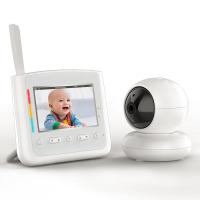

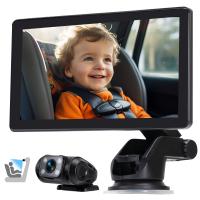

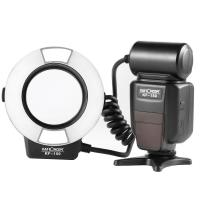
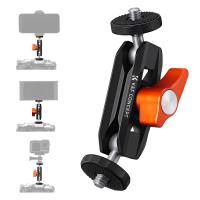

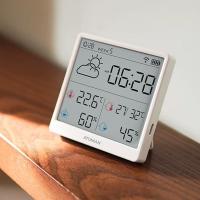


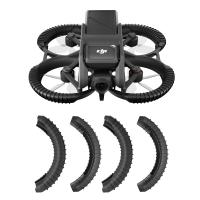








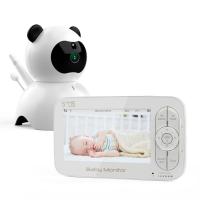
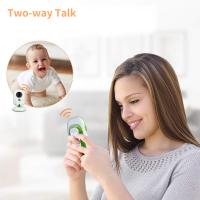





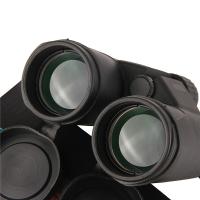


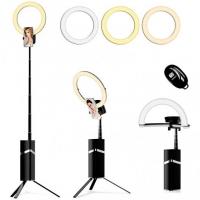




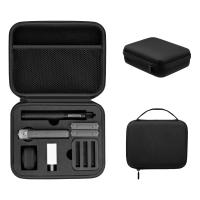


There are no comments for this blog.